Brown Patches in Lawn Care: Causes and Remedies
Restore patchy grass to a lush, green lawn by discovering how professionals treat brown spots. Even well-maintained lawns suffer damage for reasons beyond anyone’s control. Many times, that damage results in brown patches on a lawn. Let’s examine the top 12 causes of dead grass.
What Causes Brown Patches on My Lawn?
From heavy foot traffic to dog urine to hungry grubs, a healthy lawn faces threats from above and below. Find out how to identify the main causes of brown patches on most lawns and how to mitigate them below.
1. Foot Traffic
Human activity remains one of the most common causes of dead, brown grass. However, homeowners should continue to enjoy their lawns without worrying about destroying their grass. Sporadic use for family gatherings and other activities will not make the grass turn brown.
Look out for repeated or continuous use of the lawn. If the kids cut across the corner of the lawn each day on their way home from school, they could create brown spots in your lawn by repeatedly compressing the grass blades. Similarly, if a pet takes the same path across the lawn multiple times per day, it could kill the grass and even leave bare spots of soil.
2. Loss of Sunlight
When spending time on the grass with family and friends, ensure everything gets picked up afterward. Leaving toys, furniture, or other objects on the lawn for several days can cause a brown spot due to poor air circulation and loss of sunlight.
Sometimes, toys and other objects create irregular patches of dead grass in unusual shapes and sizes. A professional lawn care company can fix the issue by removing the brown grass and applying a patching product.
3. Brown Patch Disease
Fungal diseases, like Rhizoctonia, can create a patchy, green-and-brown lawn. Advanced fungal disease may form circles because the brown centers have recovered, leaving a smoke ring border of brown glass blades.
Fungal diseases thrive in hot and humid weather, especially in late summer. Rain, lack of sunlight, and insufficient air circulation contribute to fungal growth too. Some of the other causes of Brown Patch Disease include:
- Excessive nitrogen
- Soil damage
- Too much thatch
- Soil compaction
- Excessive moisture
4. Overfertilization
Overfertilization can damage an entire lawn. In most cases, however, it burns the grass and creates a yellow patch. If overfertilization continues, it could result in a brown patch, especially if a homeowner fertilizes on a hot day.
Flushing the lawn with water can mitigate lawn burn. Removing excess fertilizer can also help the grass recover. Dead, brown spots will need additional grass seed to restore a lawn to health.
5. Thatch
Thatch is decomposing organic material nestled below the plant leaf blades. Some thatch is healthy for a lawn. But too much thatch can invite pests and diseases that will cause a brown patch. It can also choke off the grass roots from air and water.
Excessive thatch over half an inch thick could begin to create brown spots. Dethatching involves the removal of the decaying plant material, allowing water and air to reach the soil more easily.
6. Dog Urine
Dog waste and urine burns remain one of the most common causes of brown spots on a lawn. Pet urine often creates a brown dead patch with dark-green outer rings. To minimize the damage, flush the pee spots with water. Then, call a lawn care expert.
A seasoned lawn care pro will rake up dead grass blades, apply topsoil, and spread grass seeds. Homeowners must water the patch daily for two weeks for optimal growth.
Homes with multiple dogs may need a designated doggie area to protect backyard lawns.
7. Weed Dieback
Sometimes, a brown patch may appear due to weed dieback. When invasive species take over a lawn, they push aside the grass. Then, when the weeds die, they leave behind a brown spot.
The best way to prevent weeds from causing brown spots is to keep them out of the lawn in the first place. A healthy, thick lawn is the best defense against weed growth.
8. Excessive Mowing
Improper mowing can lead to brown spots on a lawn. Never cut more than one-third of the grass’s length because it could go into shock and die. For long grass, cut less than one-third of the grass blades’ length and water it before cutting it again several days later.
Dull mower blades can tear the grass instead of cutting it. In some cases, only the top of the grass will turn brown. However, it can also kill the grass, as well.
9. Poor Soil Quality
A lawn care expert can check the soil quality when the lawn has brown spots. Healthy, loamy soil has a balance of sand, clay, and organic matter.
Compacted soil may become too firm for water to penetrate, resulting in a brown patch. Aeration can help water reach the roots. Soil amendments can balance the nutritional makeup of poor soil.
10. Dormancy
Many warm-season grasses go dormant during the winter. They may become brown and lifeless before coming back to life in the spring. Similarly, cool-season grasses go dormant during the summer.
Lawns in transitional climate zones may have a brown patch or two when the seasons change. Likewise, lawns with more than one grass type could experience a brown patch.
11. Soil Erosion
Soil erosion can expose the roots and other parts of the grass to too much sunlight. It can dry out and even kill some grass, leaving behind a brown patch.
Aeration can prevent erosion because it creates space for roots to grow and absorb more water, stabilizing the soil.
12. Grubs
Grubs can create a brown patch on the lawn by dining on the root system. Homeowners can tell if they have a grub problem by raking the brown spot. If the brown grass rolls up off the soil, it means grubs have eaten away the roots. Another test involves walking on the brown patch. If it feels spongier than the rest of the lawn, grubs could be the culprits.
In the past, some homeowners addressed a grub issue by introducing beneficial nematodes or milky spore to the lawn. Nowadays, lawn care experts have more effective solutions at their disposal, ensuring the complete eradication of grubs so the lawn can fully recover.
Enjoy a Green, Healthy Lawn All Season Long | Heroes Lawn Care
Do you have spots in your lawn? Our grass experts can fix small brown patches in no time, leaving you with a lush, green lawn that the whole family can enjoy. Call Heroes Lawn Care at 844-980-LAWN to schedule your first consultation today!




